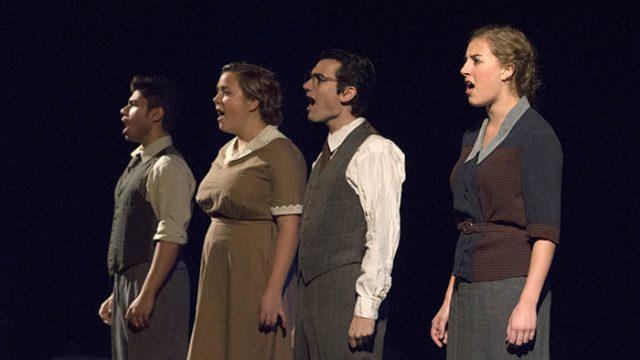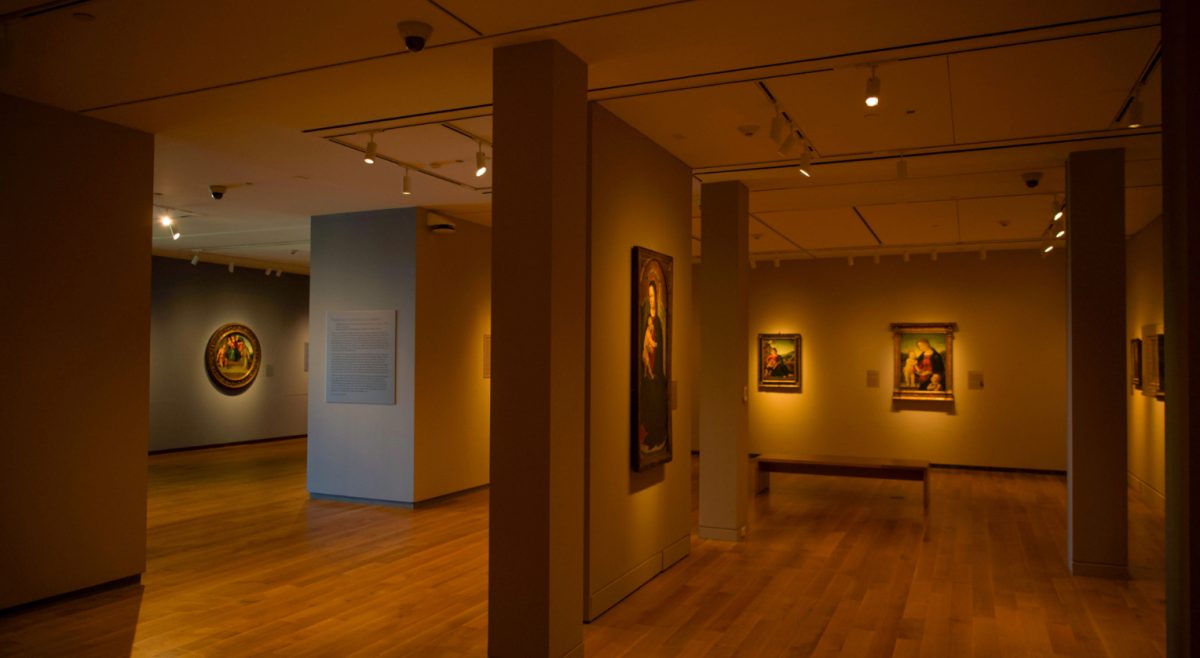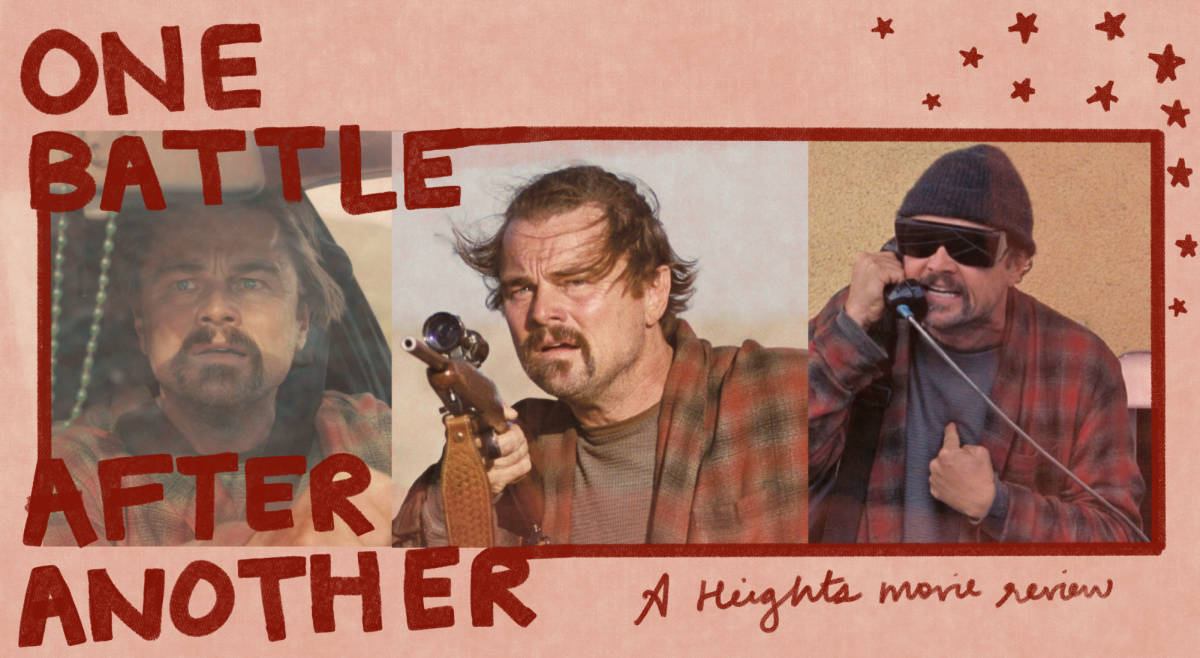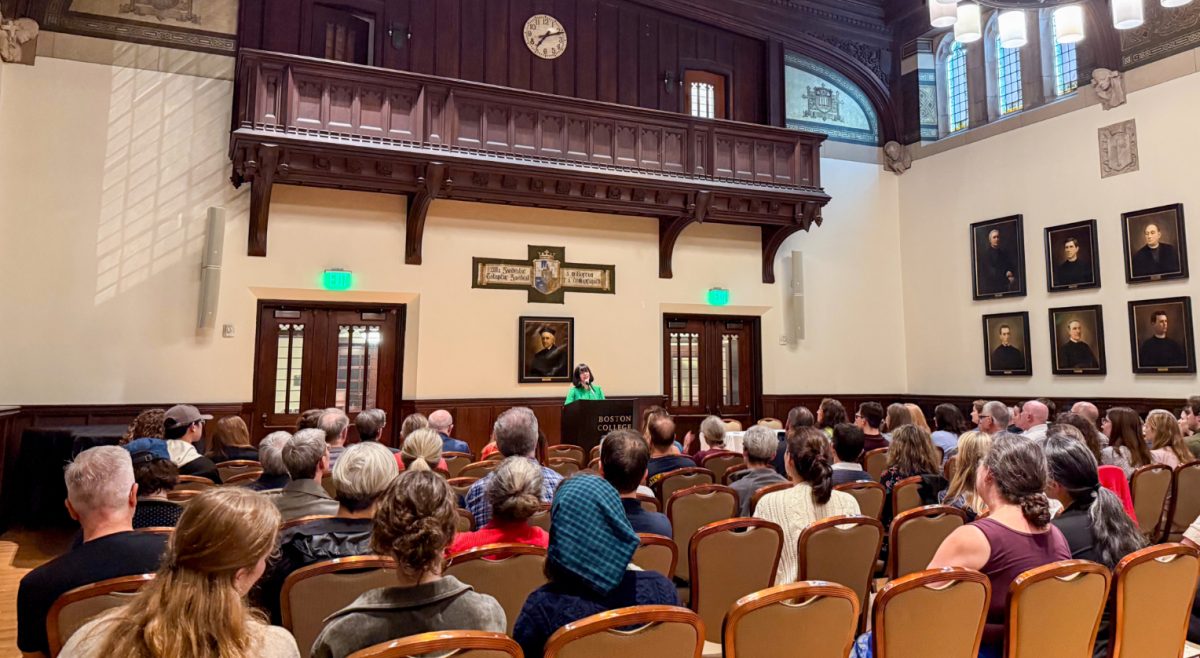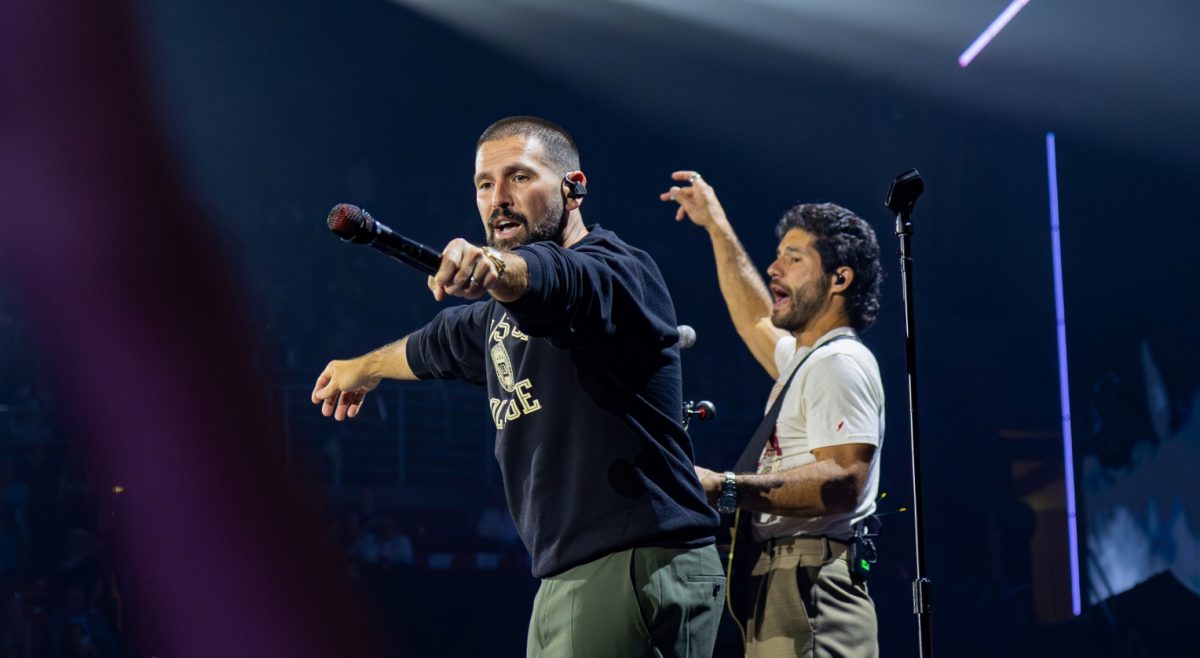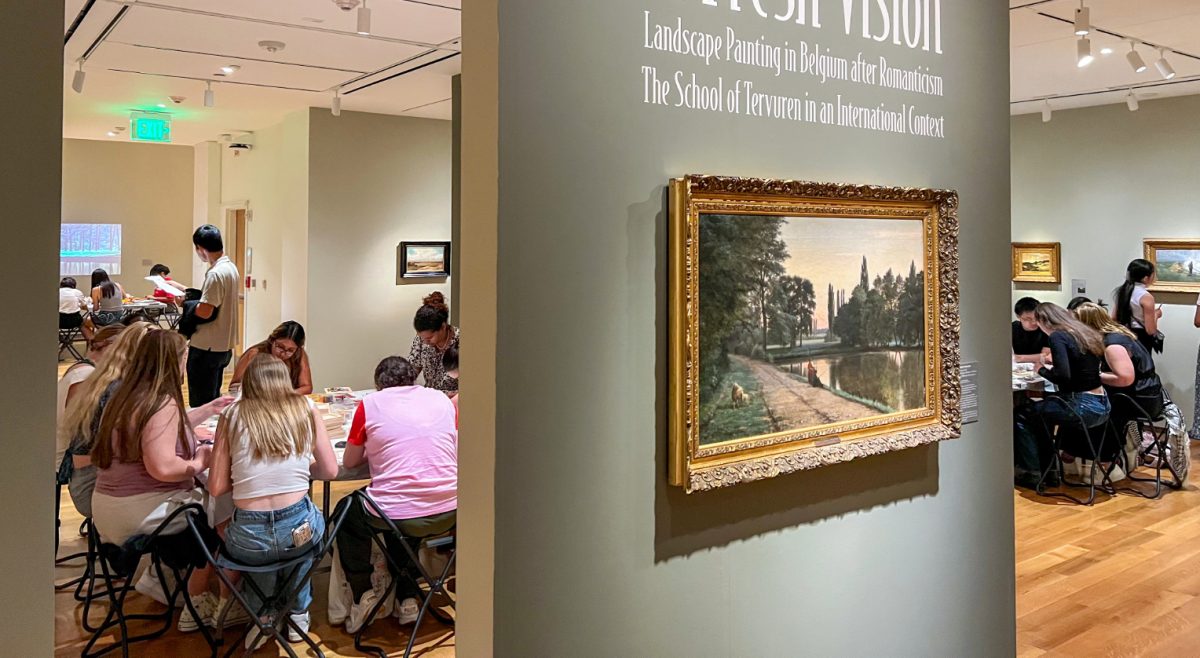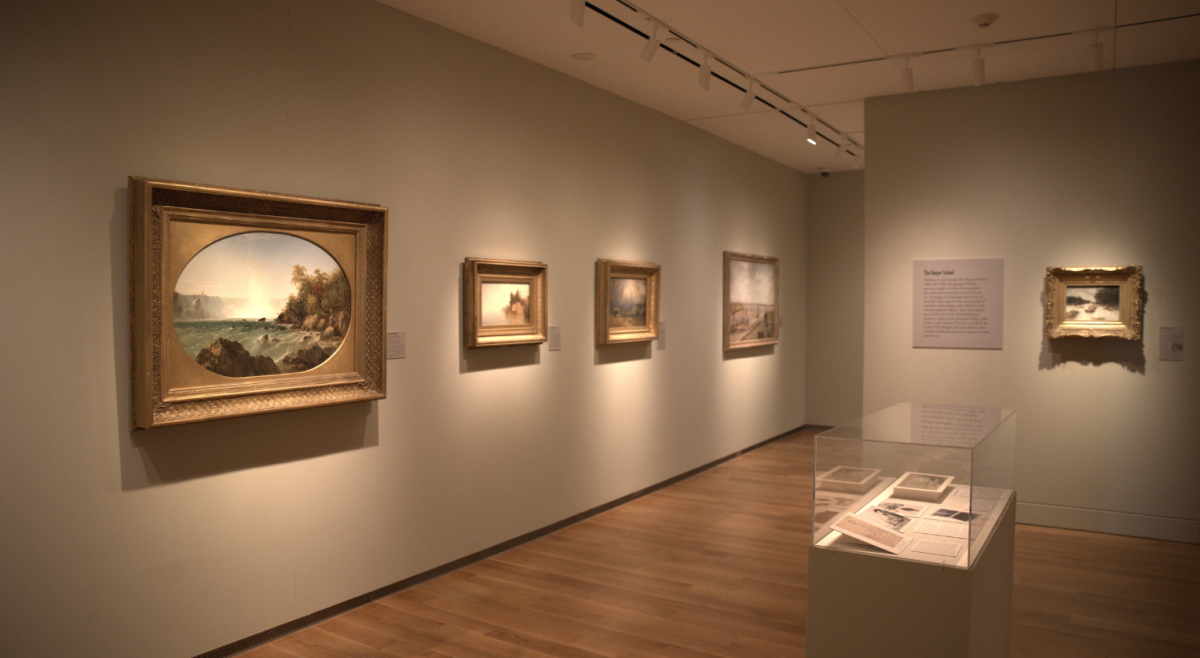In 1935, at the height of the Great Depression, American playwright Clifford Odets released Waiting for Lefty. From Oct. 13 through 16, Waiting for Lefty will make an appearance in Robsham Theater. The Boston College theatre department presents this show over 70 years later accompanied by its more modern relation, Still Waiting.
Directed by Patricia Riggin, an associate professor in the theatre department, Waiting for Lefty & Still Waiting are two shows far apart in time but very close in message. The performance begins with Waiting for Lefty¸a play composed of seven brief vignettes. It opens in the middle of a meeting between a group of taxi drivers. The meeting is being led by the taxi drivers’ union leader, Fatt (Gabriel Sagan, CSOM ’20). He tells the group that it should not go on strike, as the timing is not right. When called out by one of the crowd, Fatt accuses him of being a communist. The crowd begins to question the location of its leader, Lefty, and the play begins.
This meeting among taxi drivers is the overarching storyline throughout the play. There are three vignettes between the events of the meeting as the drivers “wait for Lefty.” Between scenes, there is a short song with accompanying instruments played by members of the cast. In the first vignette, Joe (Michael Pisaturo, LSOE ’17) and his wife Edna (Michaela Dolishny, MCAS ’17) argue about whether Joe should support the taxi driver strike. Next, Miss Fayette (Lexi Auth, LSOE ’19), an industrialist, tries to bribe Mr. Miller (Michael Mazzone, MCAS ’19), a lab assistant, into designing poison gas for the war and spying on his superior chemist, Dr. Brenner.
After a song, Florrie (Anabel Johnson, MCAS ’20) fights with her brother Irv (Julien Putz, MCAS ’18) for his blessing and acceptance of her fiancé Sid (Tom Neal, MCAS ’20). When Sid arrives, he and Florrie share a heartfelt and loving scene. The show returns to the meeting, to which Fatt has brought Clayton (Michael Joseph, MCAS ’18), a man who reportedly went on an unsuccessful strike in Philadelphia. He is called out by a woman in the crowd (Cassie Chapados, MCAS ’17) as a known strike breaker and the crowd forces him to leave. In the next vignette, Dr. Barnes (Christine Schmitt, MCAS ’20) has a hard discussion with Dr. Benjamin (Stephen Kiely, LSOE ’20) about treating the poor and his being able to stay on at the hospital. The play ends after a man named Agate Keller (Raymond Norville, MCAS ’20) incites the meeting of taxi drivers into a chant of “Strike!”
The story of the show, as would be expected, very heavily advocates for the struggle of the working class. While at times the play’s soapbox feel can be a little heavy-handed, this does not detract from the experience. The characters are easily understandable and empathized with, and the cast members clearly have good chemistry with each other.
[aesop_gallery id=”122601″]
One thing that was especially interesting was that throughout the play, the entire cast stayed on stage. While the action happened in the well-lit center, the other members of the show sat in their “taxi driver meeting” positions in semi-darkness on the edges of the stage. The scenery was sparse, with few props assisting the main action. Every scene, however, was embellished by the screens hanging behind and above centerstage. The Depression-era images on these screens changed according to what was happening in the show. This simple but fluctuating scenery provided a less distracting, yet still very poignant way to set the scene. The play did not need complex props, and in this way Riggin and the set designers avoid cluttering the space.
Another very important distinction in this version of the play is the inclusion of female characters. In the original show by Odets, most of the characters were male. The Waiting for Lefty playing this week in Robsham has a strong female role in practically every scene. Compared to the original, Riggin’s play feels more refreshing and relatable today.
Waiting for Lefty is not a very long play, clocking in at about 50 minutes with Riggin’s addition of the musical numbers. Thus, the BC theatre department then presented Still Waiting, three modern vignettes that relate to the themes of the 1935 play. In the wake of the Great Recession of 2008, these three shorts land very close to home. Code Blue by Kate Snodgrass shows a group of unionized nurses with conflicting views on an upcoming strike. Some nurses are for the strike, in favor of shorter shifts as they are far too overworked. Others are fearful of leaving their patients and non-union hospital staff to fend for themselves. Labrats by Melinda Lopez, in which one malaria researcher pleads with another to stay, brings up the complex and relevant issue of institutional racism in regard to funding scientific research. The show ends with Pipe Dreams by Sheri Wilner, about two plumbers, male and female, who have been waiting in line for hours for the mere chance of an apprenticeship that would possibly lead to a job. This vignette deals with the struggle of homeless people in conjunction with one woman’s position in a field dominated by men.
Both plays are very well done, and their combination provides the perfect theatre-going experience. The similarity of theme between the two plays helps the viewer make modern connections. And the questions posed in Still Waiting leave the audience in deep thought about other issues that it might experience.
Featured Image By Josh Mentzer / For the Heights

